Amateur stargazers recognized for their part in confirming DART mission's success
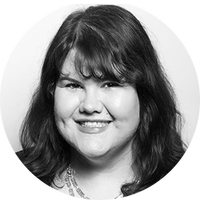

Amateur astronomers came in with the assist, providing images and data to NASA confirming that its DART mission was a success.
In September, the Double Asteroid Redirection Test (DART) spacecraft slammed into the Dimorphos asteroid at 14,000 miles per hour. NASA wanted to see if DART could knock the asteroid off its path, giving the agency a defense system in case a massive object was headed for Earth.
More than 30 people on four continents who have Unistellar smart telescopes shared their observations with NASA, and scientists then used that information to determine whether the orbit of Dimorphos was altered. The data helped NASA determine that yes, the mission was a success, and those Unistellar users have been named as co-authors of a paper published Wednesday in Nature, "Light Curves and Colors of the Ejecta From Dimorphos After the DART Impact."
The Week
Escape your echo chamber. Get the facts behind the news, plus analysis from multiple perspectives.

Sign up for The Week's Free Newsletters
From our morning news briefing to a weekly Good News Newsletter, get the best of The Week delivered directly to your inbox.
From our morning news briefing to a weekly Good News Newsletter, get the best of The Week delivered directly to your inbox.
Unistellar co-founder Laurent Marfisi told The Independent that the worldwide network of users "allows continuous observations of the night's sky, because it's always night somewhere in our network." Being part of a "major scientific breakthrough" is exciting, Marfisi said, and "marks our entry into an era where the general public is becoming a decisive player in the conquest of space, holding the key to more discoveries and wider dissemination of scientific knowledge."
A free daily email with the biggest news stories of the day – and the best features from TheWeek.com
Catherine Garcia has worked as a senior writer at The Week since 2014. Her writing and reporting have appeared in Entertainment Weekly, The New York Times, Wirecutter, NBC News and "The Book of Jezebel," among others. She's a graduate of the University of Redlands and the Columbia University Graduate School of Journalism.
-
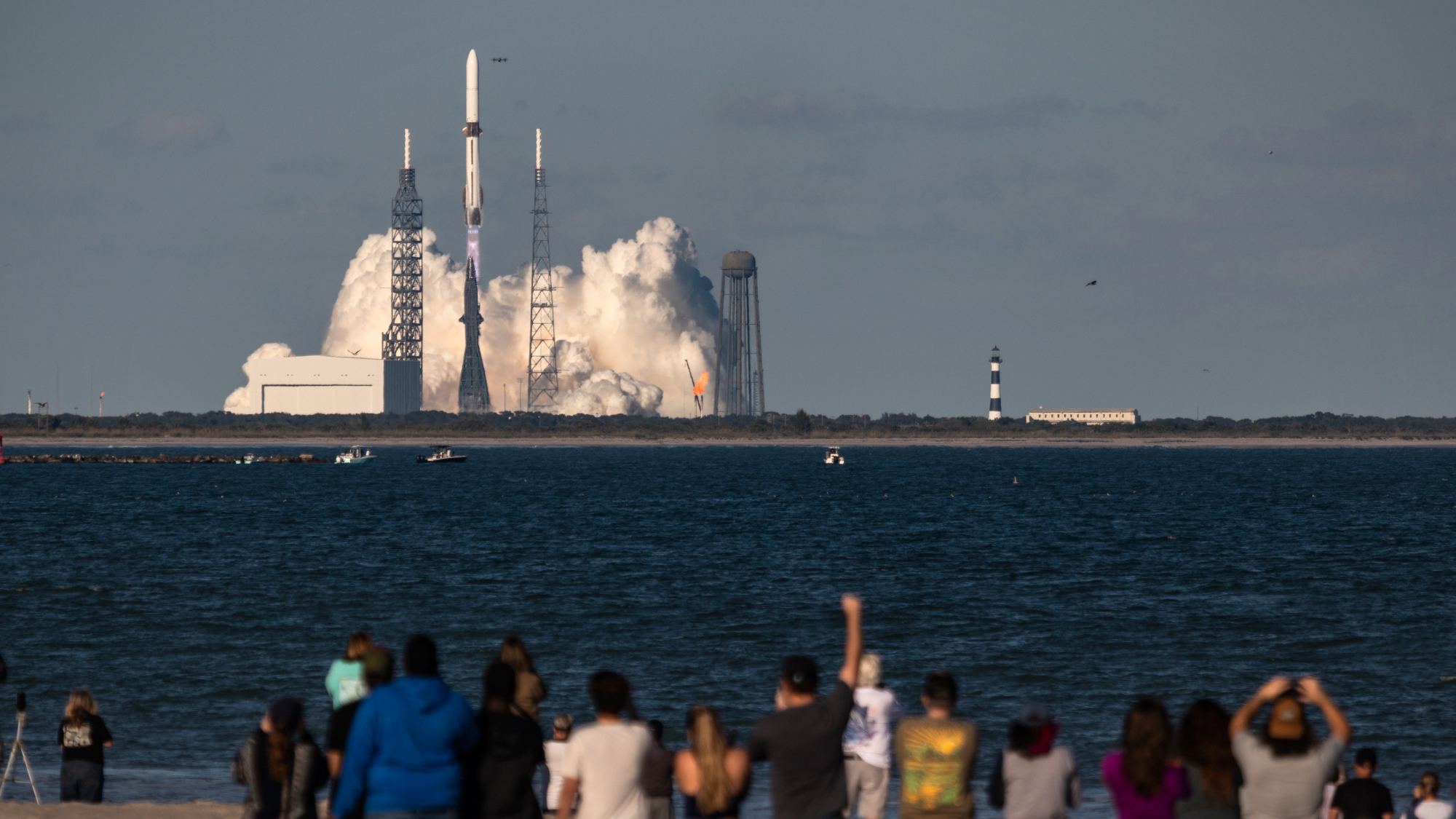 Blue Origin launches Mars probes in NASA debut
Blue Origin launches Mars probes in NASA debutSpeed Read The New Glenn rocket is carrying small twin spacecraft toward Mars as part of NASA’s Escapade mission
-
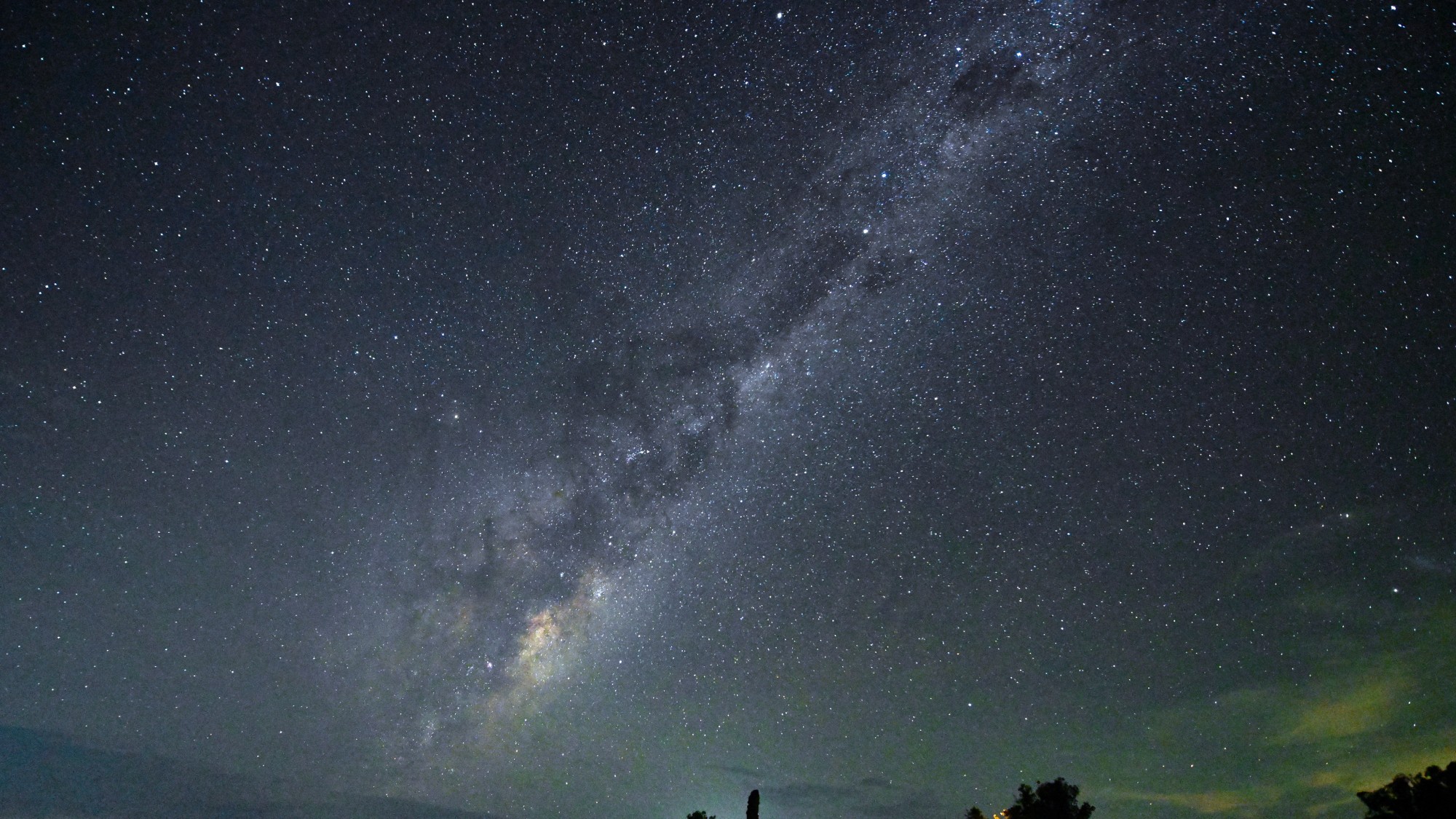 ‘The Big Crunch’: why science is divided over the future of the universe
‘The Big Crunch’: why science is divided over the future of the universeThe Explainer New study upends the prevailing theory about dark matter and says it is weakening
-
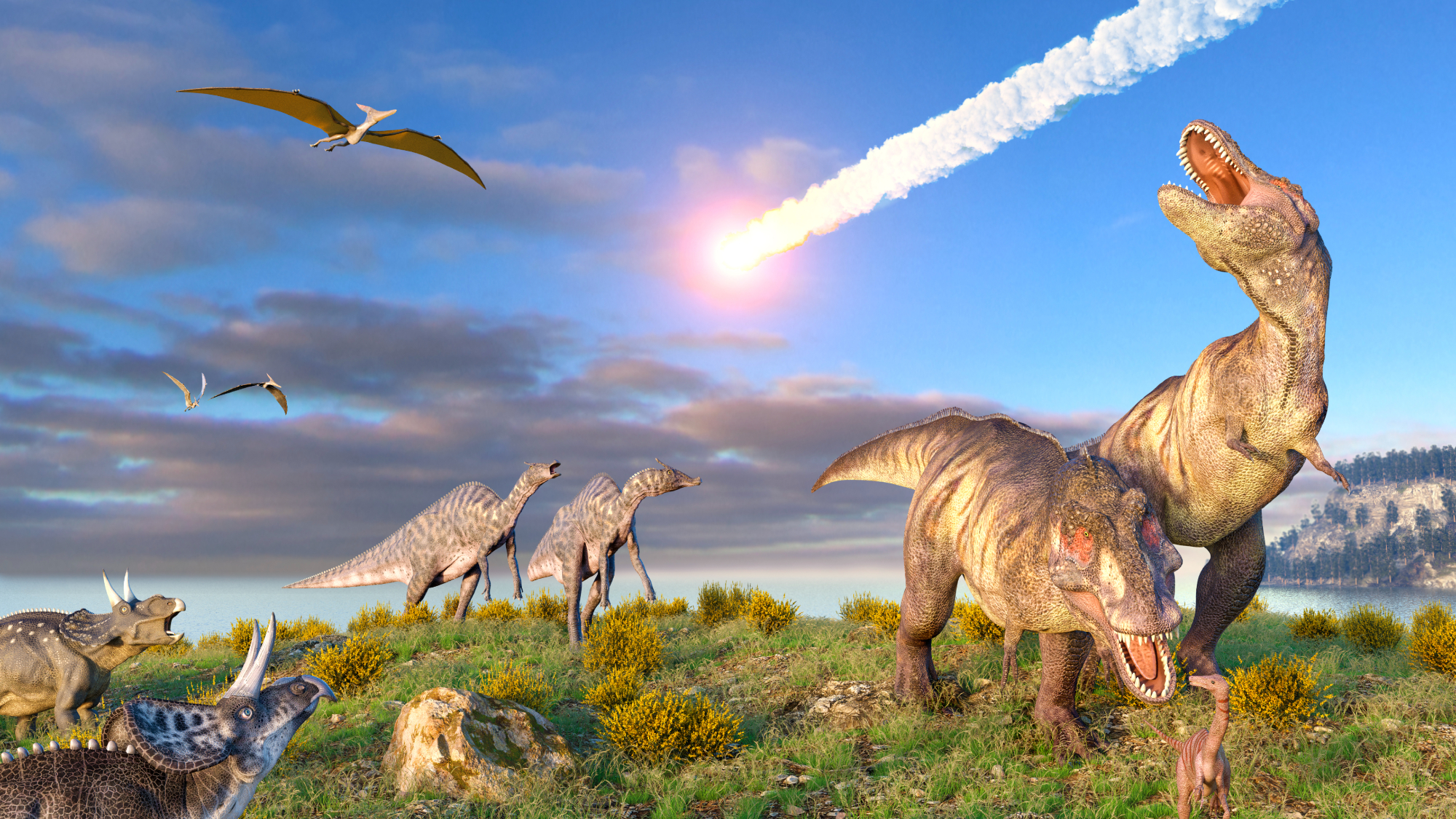 Dinosaurs were thriving before asteroid, study finds
Dinosaurs were thriving before asteroid, study findsSpeed Read The dinosaurs would not have gone extinct if not for the asteroid
-
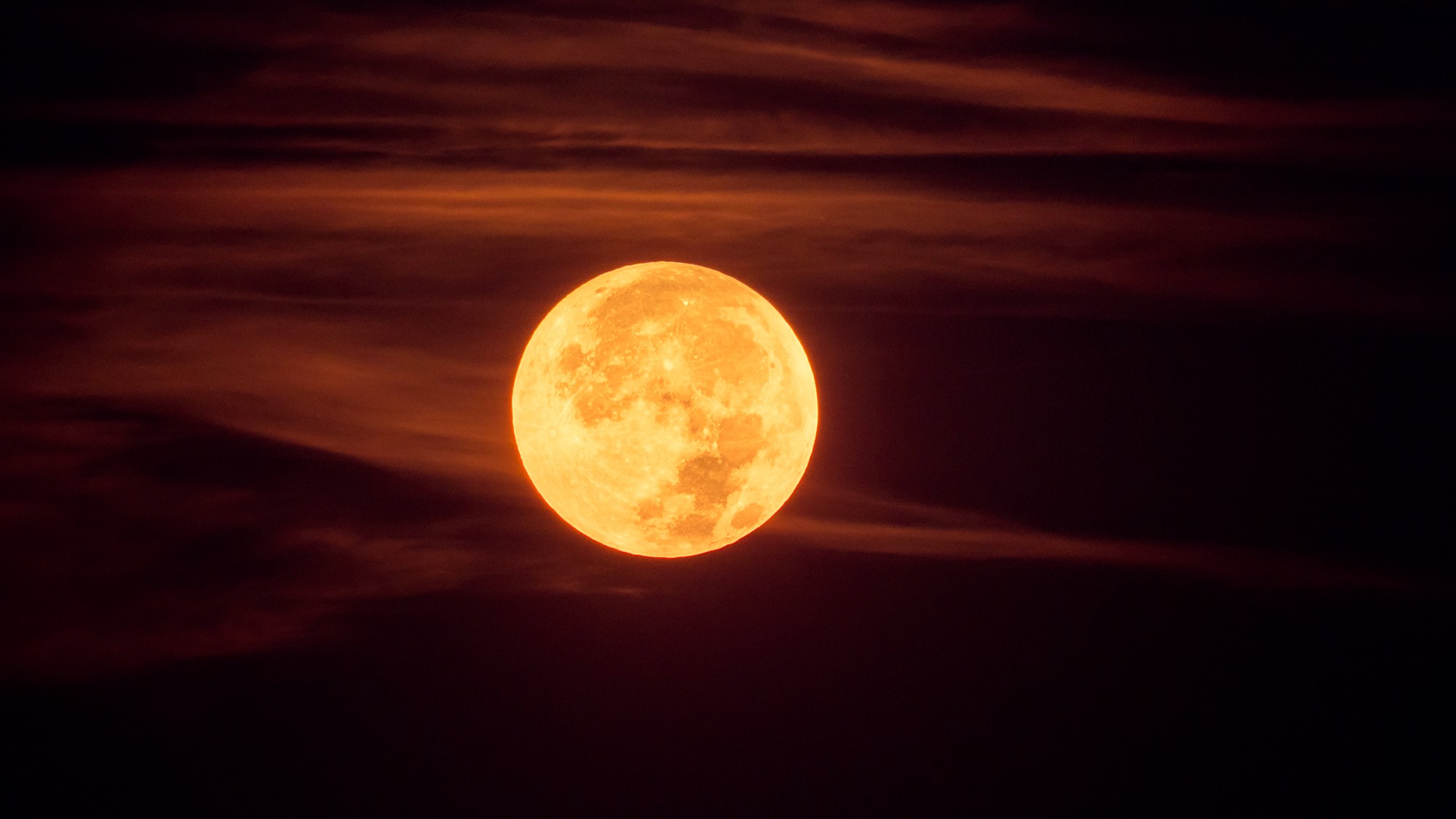 The moon is rusting
The moon is rustingUnder the radar The Earth is likely to blame
-
 Panspermia: the theory that life was sent to Earth by aliens
Panspermia: the theory that life was sent to Earth by aliensUnder The Radar New findings have resurfaced an old, controversial idea
-
 Africa could become the next frontier for space programs
Africa could become the next frontier for space programsThe Explainer China and the US are both working on space applications for Africa
-
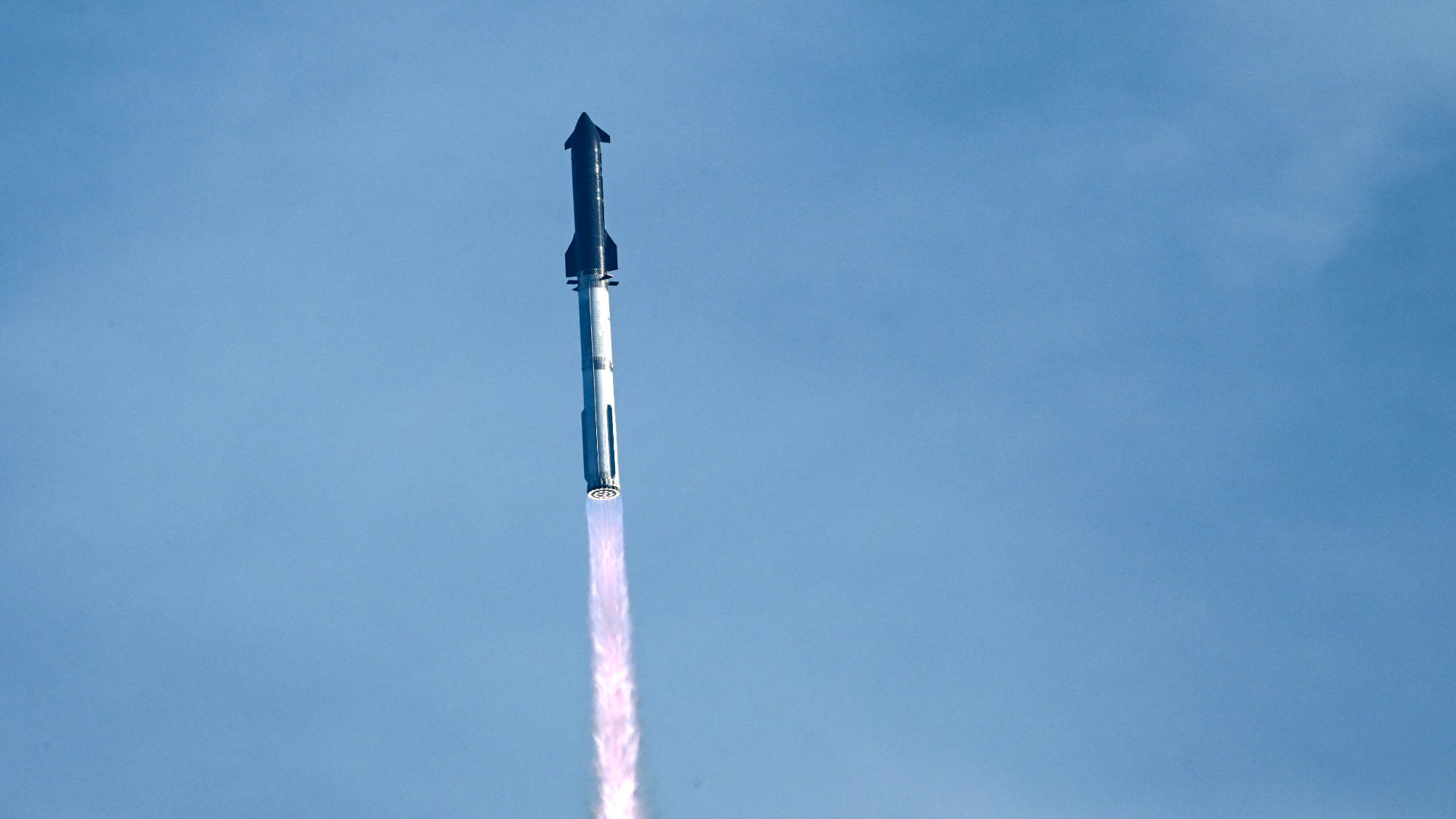 SpaceX breaks Starship losing streak in 10th test
SpaceX breaks Starship losing streak in 10th testspeed read The Starship rocket's test flight was largely successful, deploying eight dummy satellites during its hour in space
-
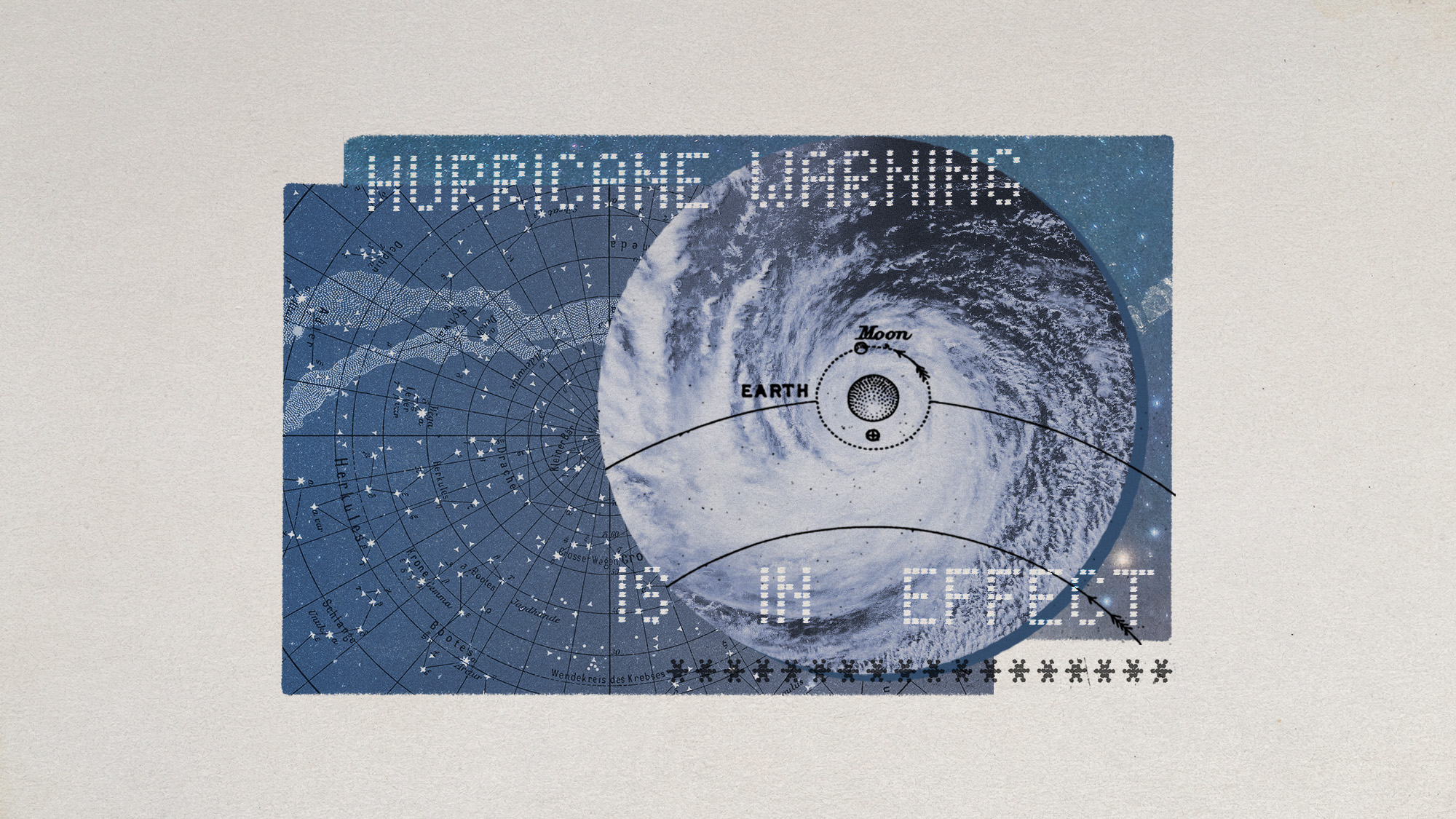 Hurricanes are not exclusive to Earth. They can happen in space.
Hurricanes are not exclusive to Earth. They can happen in space.Under the radar These storms may cause navigational problems



